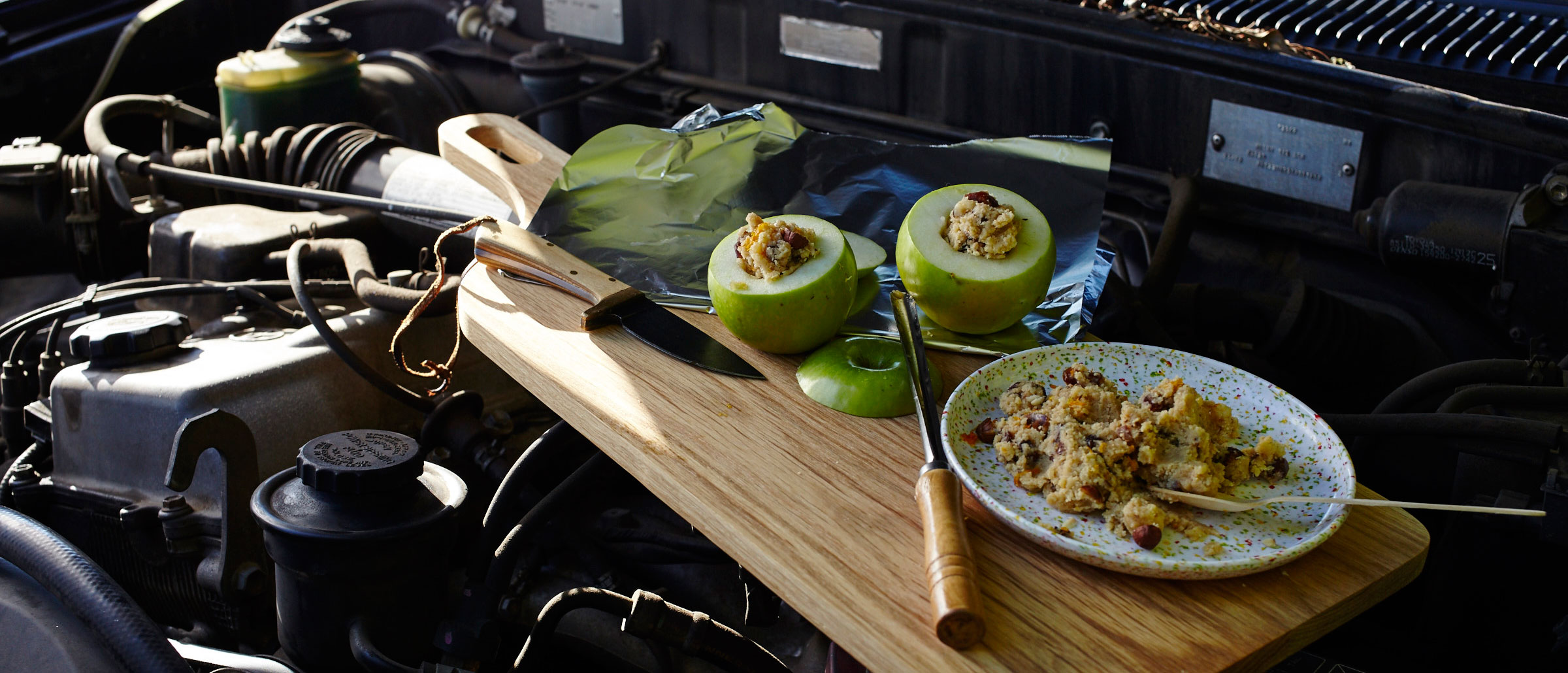Garden Visit: Jardín Etnobotánico de Oaxaca

- Words by
- Georgie Hawke
- Images by
- Georgie Hawke
It’s a long trip to Oaxaca from San Christóbal de las Casas in the state of Chiapas in Mexico. We travel the 600km of treacherous mountain roads on the overnight bus. Every bend on the 11 hour journey feels like our last, and through the haze of half-sleep I imagine the bus careering off the cliff to our deaths.


As the sun finally rises during the last 2 hours of the trip, it reveals continuous fields of cacti, millions of them, and not much else. Endless. Enormous. Amazing. As we get closer to the city of Oaxaca, mezcal farms appear, row after row of agave and smoking mezcal distilleries. Our first encounter with the city that morning is the Zócalo, the central square and the heart of the city of Oaxaca.
Blue agave, mother of mezcal, are planted in grids in the square. Graffiti sprayed on the walls of the 400 year old cathedral, reads ‘Fue el estado’, ‘Falta 43’ (‘It was the state’, ‘We are missing 43’): part of the ongoing protest at the 43 students killed in Mexico in 2014. The church walls are meticulously scrubbed over the next 3 days, while similar graffiti over walls in the rest of town is left to fade of its own accord, and during our stay the main square in Oaxaca is filled permanently with protest.
We first witnessed these protests in Chiapas when our van was stopped at a road-block, a board of nails across the road, access denied until we paid them $2 and the windows of our bus were sprayed with the number 43.
The Jardín Etnobotánico de Oaxaca is surrounded by a high stone wall, just behind the cathedral, with only teasing glimpses to the oasis inside. Occasionally a rogue dragon fruit cactus spills over the wall into the city. The garden occupies a three-acre block in the Zócalo, behind the Santo Domingo Monastery, which was built in the 16th century and rescued from hotel developers in the 1990s after many battles with local governments.


The concept of the Jardín Etnobotánico is to represent the diversity of the plant life of Oaxaca, and make connections to how these plants have been used by people. It was designed by Francisco Toledo and Alejandro de Ávila, passionate Mexican artists wanting to save the site from development in 1994, after they had finally managed to kick out the military who had occupied the site for 120 years. The garden is now more than 20 years old, and feels mature and established. Many of the plants have been rescued from road developments and replanted, including one sagging barrel or ‘Biznaga’ cactus over 1000 years old.
The garden houses around 900 plant species, amazingly only about 10% of the flora of Oaxaca, which is home to more species of agaves and cycads than anywhere else on earth, and has hundreds of varieties of maize and chilli.
The Jardín Etnobotánico is untamed and endlessly beautiful – the ‘horsetail’ (Equisetum myriochaetum), shimmers in mass plantings, the organ pipe cactus – tightly planted and towering 15 metres high – creates a dramatic fence at the centre of the space. Our kids took pleasure, out of extreme boredom, in finding the cactus that was exactly their own height. It turned out three stacked together were a match. Organ cactus is traditionally used as a division between houses in Mexican villages, as it has no spines.
Prickly pears, the ‘weeds’ of our Australian roadside, are nestled inside the living fence. The large oval leaves are home to a white powdery scale insect, which, when squeezed, oozes out the cherished red stain known as cochineal, traded for centuries for use in paints, fabric and foods.
The old stone walls containing this sanctuary are slowly being invaded by plants. One tree has a root system which climbs the vertical surface of the stone wall, revealing every artery like a human blood vessel system on open display. The dragon fruit cactus has spread over an entire 10 metre high wall.
Just outside the wall, across the road, we find another use for the local flora – a mezcal bar with shelves of homebrew made by local farmers in home distilleries. The farmers harvest rare and old agave growing on their land and distil the root of the plant after cooking it in a fire for 6 hours. Sometimes the plants are more than 30 years old, from many varieties of agave, each producing a unique flavour.
Mezcal is made for consumption at traditional celebrations: weddings, christenings, and funerals. Each glass tastes distinct from the next, depending on the age and type of the ‘maguey’, but all are harsh, smoky and very potent, as we discovered later that night. We emerge from the bar, slightly intoxicated by the day, back into the haze of a dark and vibrant Oaxaca.
—








